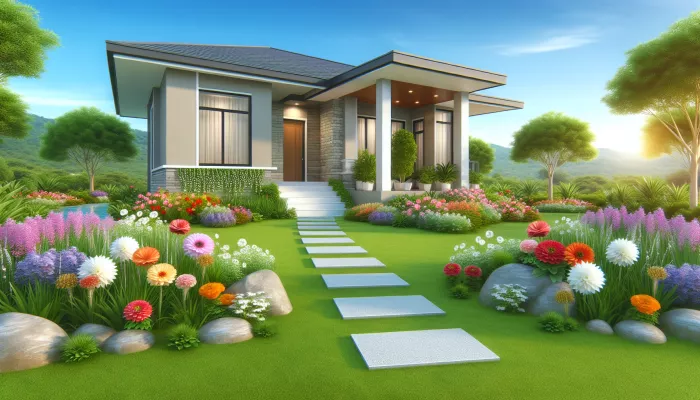
Before you begin your search, it is important define what is essential for you in a new home. Consider factors such as location, size, housing type, and community resources.
Online tools can make your search easier. Use real estate websites reliable to filter options that fit your priorities.
Schedule visits to selected locations and make a careful inspection. Observe maintenance, potential structural problems, and neighborhood noise. Establish a realistic budget. Remember to consider all expenses, such as rent or mortgage, condo fees, insurance, and taxes.
Long-Term Assessment
Consider whether the chosen location will meet your future needsThis includes thinking about family expansion, career opportunities, and accessibility.
Professional Consulting
Consider the help of a real estate agentA good professional can offer valuable insights and access resources not available to the general public.
Useful Tools and Applications
Explore apps like Zillow and Trulia for detailed comparisons and neighborhood assessments.
Making the Decision
After considering all factors, trust your instinct and make an informed choice.

Personality is the essence of a home. Consider colors that bring you happiness. To discover your style, stroll through decoration blogs and use design apps. Save the images you like most and identify patterns in them.
Planning is crucial to avoid unnecessary purchases. Measure the spaces and make a simple drawing or use a floor plan app. Consider the functionality of each piece of furniture and the flow of space.
Invest in anchor furniture, such as sofas and beds, as they are prominent pieces and frequently used. Choose quality over quantity, opting for items that stand the test of time, both in durability and style.
Items with a personal history, such as photographs, collections, or artwork, bring life to your decor. These objects not only add beauty but also reflect your experiences and memories.
THE lighting can completely change the ambiance of a home. Invest in a combination of general, task, and ambient lighting to add depth and interest.
Lamps and lampshades are also great for highlighting certain decorative aspects.
Plants can transform a space, bringing vitality and freshness. In addition, they help purify the air.
If you don't have time for maintenance, opt for low-maintenance species or high-quality artificial plants.
However, after moving, one of the first things you can do is explore your new neighborhoodThis will help create a sense of belonging and familiarity.
Also, walk around the nearby streets and locate essential services like supermarkets, pharmacies, hospitals, and parks. Don't be afraid to greet neighbors and strike up friendly conversations.
Establish a daily routine is crucial. This means you can start organizing your meals, work, and leisure schedules so they fit comfortably into your new life.
In other words, a routine brings stability and reduces the stress of being in an unfamiliar environment.
However, even if you have already received decorating tips, it is important to highlight that customize the space with photos, plants or art you can make the new home feel really yours.
Still, items that reflect your personality and life story will bring emotional comfort and warmth.
However, to truly adapt, it is essential to try to create community tiesThis may include participating in local activities, volunteering at events, or joining shared interest groups.
Additionally, these actions help build relationships and roots in the new area.
However, embrace new experiences, be open to exploring what your new home and community have to offer.
In other words, visit local museums, theaters, and participate in festivities to truly immerse yourself in the local culture.
Know the history of your new area can make you appreciate it even more. Visit local libraries, talk to longtime residents, or take historical tours to enrich your knowledge of the place.
Useful Links: